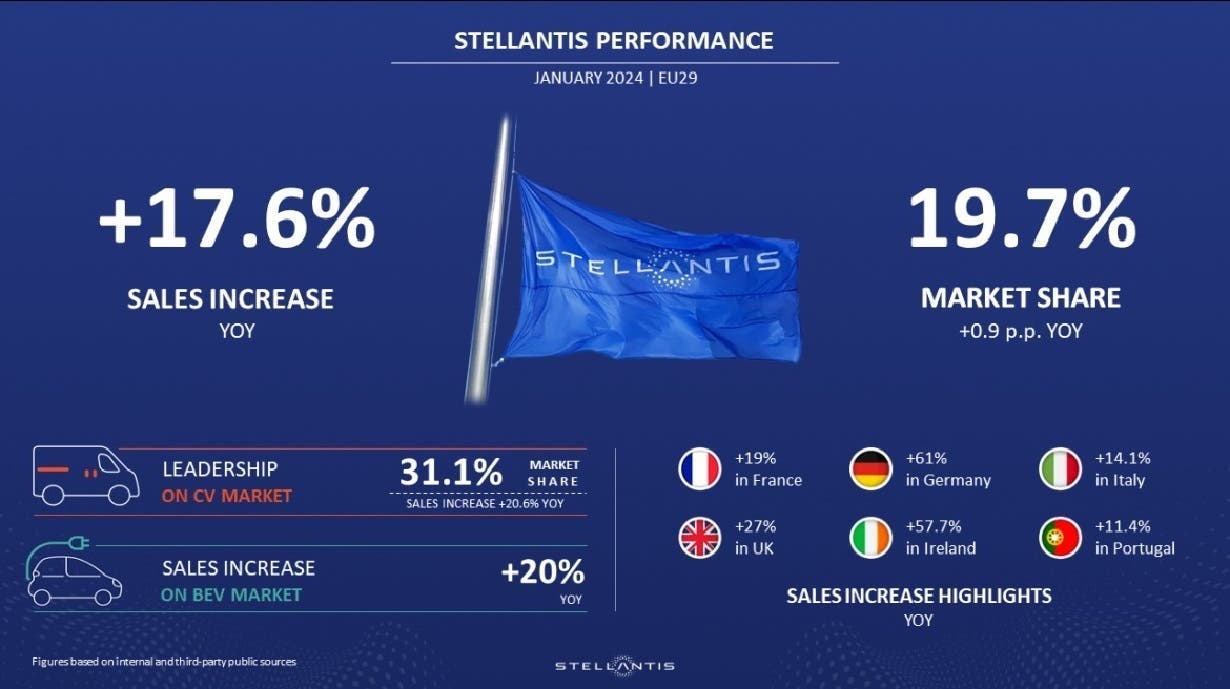“Not only realistic, but indispensable.” Ferdinando Uliano, the future secretary of the metalworkers’ union Cisl, has no doubts about Stellantis’ declared goal of producing one million cars in Italy by 2030. However, to achieve this target, Italian plants need to be filled with models. Starting from Mirafiori, the most impoverished plant in the country, which requires a mass-market car to complement the electric Cinquecento, whose market performance remains contradictory.
Incentives, research, and new models: a plan to “convince” Stellantis
While within national borders the reluctance of potential buyers to purchase electric vehicles continues to be an issue, elsewhere the situation is different. In particular, the total numbers achieved in France have made it the number one brand in the full electric segment. Meanwhile, Maserati models are becoming increasingly disconnected from the Piedmontese center; one more reason to call for concrete actions, rather than making empty promises.

Some plants, such as those in Pomigliano d’Arco and Melfi, have reached their limits, while others, such as Sevel in Val di Sangro and Cassino, are facing different challenges.
Uliano points out the delays in the use of the 2024 car incentives, still unusable. Due to repeated postponements, the nearly one billion euros (950 million euros) promised by the Meloni government appear almost like a mirage. The situation that has arisen is deterring potential buyers from placing orders, waiting for the generous fund allocated for the renewal of the circulating fleet, currently one of the oldest in Europe. There are no fears, however, about the increased weight of Peugeot within the group.
The priority is, in fact, the productive saturation of the Italian peninsula’s plants, and the State is called upon to leverage the aspect of cost reduction and facilitation. It is not so much a matter of shareholding participation, but rather the role that Italy will play as an important pillar of the conglomerate, both in terms of manufacturing machines and research and development. The ongoing programs are about to be finalized and will be presented shortly, theoretically by the end of March.
Instead of creating shareholding participation through Cassa Depositi e Prestiti, Uliano believes it would be preferable to focus on alternative, more efficient avenues.

